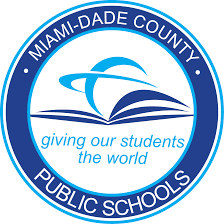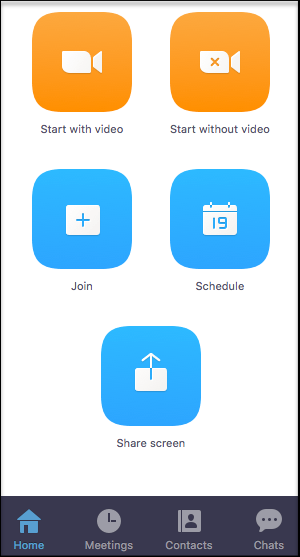The School of Education Launches Fully Online Ed.D. Program
Distance learning is a big trend in recent years, providing more convenience for students who decide to partake in the less traditional form of the online classroom. At the beginning of the spring 2017 semester, W&M IT assisted the School of Education with launching its new, fully online learning enterprise.
 The new online program specializes in the School of Education’s Educational Program Policy and Leadership (EPPL) program for those pursuing a Doctorate of Education (Ed.D.). The cohort for this program is a group of school officials from Miami-Dade County, Florida, who will be studying subjects such as program evaluation, action research, data-driven decision making, leadership, and policy.
The new online program specializes in the School of Education’s Educational Program Policy and Leadership (EPPL) program for those pursuing a Doctorate of Education (Ed.D.). The cohort for this program is a group of school officials from Miami-Dade County, Florida, who will be studying subjects such as program evaluation, action research, data-driven decision making, leadership, and policy.
The School of Education was able to respond to the Miami-Dade students’ needs for a doctoral program that also provides a strong leadership program. This opportunity was readily welcomed.
“Our program is based on principles of social justice and equity that align well with the organizational purpose of urban school systems such as Miami-Dade County. This is an opportunity for the School of Education to engage in the inquiry process as we assess how our program enhances leadership practices and develops scholarly practitioners within an academic context. The partnership also aligns well with the School of Education’s vision and mission of advancing our reach and relevance in the field of education,” Executive Associate Professor- Director, Executive Ed.D. Program Peggie Constantino explains.
The Miami-Dade school district is also the fourth largest in the nation. “Given that the current students enrolled in this program hold high level roles as school and district leaders, it seemed an obvious choice to adapt our hybrid program to a fully online program,” Constantino adds.
The format of the courses uses partially synchronous distance learning, which integrates a mix of traditional and non-traditional learning tools. The School of Education’s conventional Ed.D. program is a hybrid program. Typically, students complete a segment of the coursework online and independently complete research and reading assignments; however, in the summer, students must come to the W&M campus for a few weeks of intensive coursework. While fully online students have an opportunity to visit the W&M campus, it is not a requirement.
Academic Technology Manager John Drummond explains why the convenience of a fully online program is key. “Fewer people with established careers have the ability to attend class on campus. For those who do not want to pause their career in order to advance their education, this program is a valuable tool,” Drummond says.
In particular, the partially synchronous structure allows students to communicate through video teleconferencing for class meetings while also utilizing more traditional, online classroom tools, such as Blackboard. The big advantage that the partially synchronous format has is increased interaction and conversation with classmates. Unlike typical asynchronous online courses, this course style creates more of a community between fellow students.
 IT’s main involvement in the program was determining which product would be best suited for the program’s synchronous communication needs. The videoconferencing service Zoom was selected for this purpose. “We examined the videoconferencing programs already in use on campus and other new ones as well, but Zoom was especially impressive. The connectivity and quality of the audio is bar none,” Drummond explains.
IT’s main involvement in the program was determining which product would be best suited for the program’s synchronous communication needs. The videoconferencing service Zoom was selected for this purpose. “We examined the videoconferencing programs already in use on campus and other new ones as well, but Zoom was especially impressive. The connectivity and quality of the audio is bar none,” Drummond explains.
Zoom is integrated with Blackboard, so users can log in to Blackboard and create a meeting through Zoom with a click of a button. Zoom, using single sign-on (SSO), can also be accessed directly at https://cwm.zoom.us, providing flexibility in how to log in to the system.
Another benefit of Zoom is that it offers its users free accounts. Users can use the tool on a basic level with a 40 minute videoconferencing time limit.
The Zoom videoconferencing service is also scalable to allow for a wider, more diversified audience. There is interest in exploring the opportunity of offering the partially synchronous distance learning program to other school districts in the future, but there are no plans yet set in motion. “We are in the early stages of launching the new online program, but we will have a great deal of data on which to reflect,” says Constantino. If the School of Education decides to expand the Online Ed.D. Program, tools such as Blackboard and Zoom will make it easy for them to do so.














